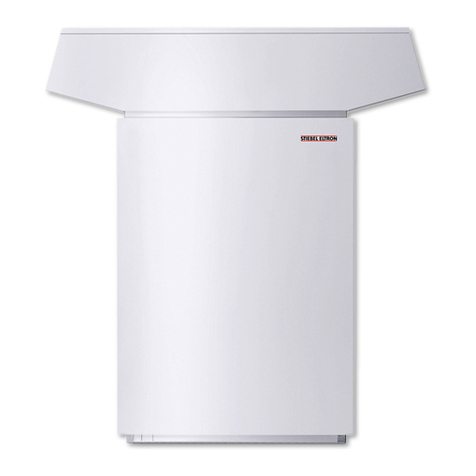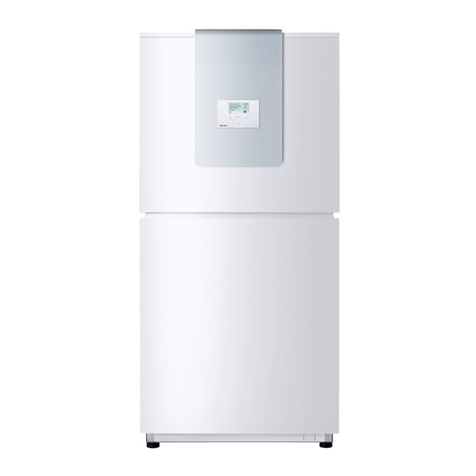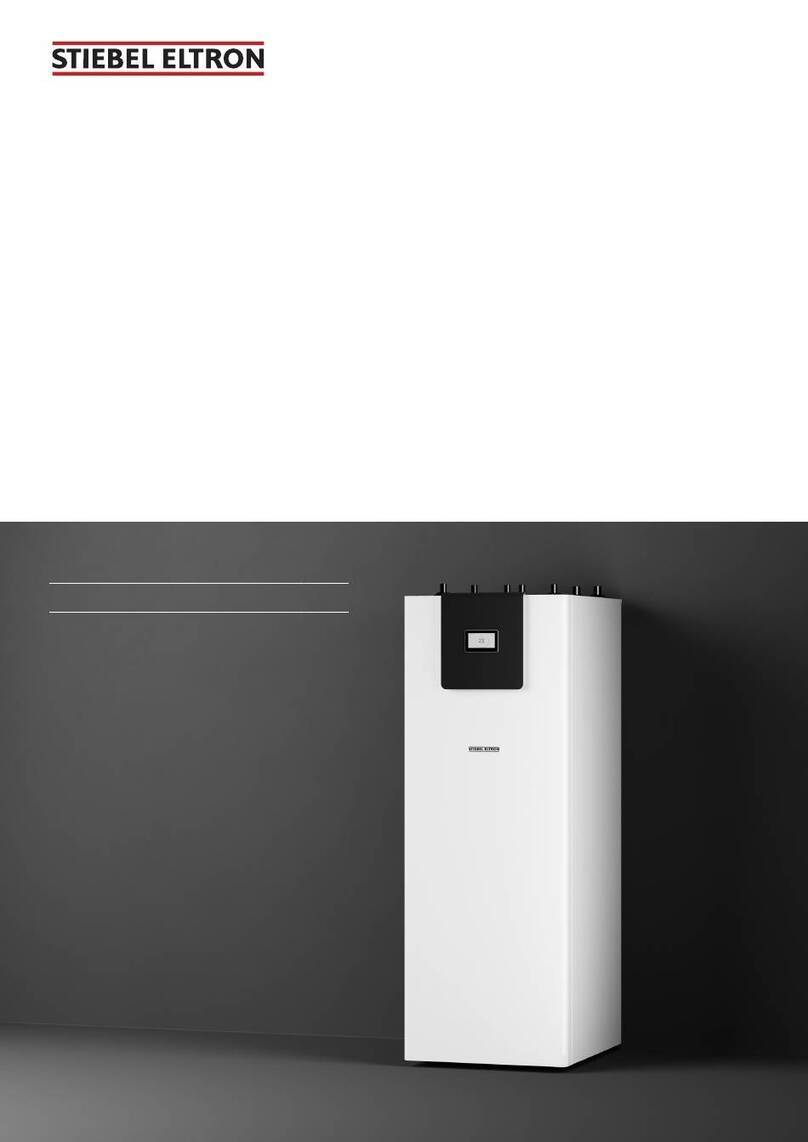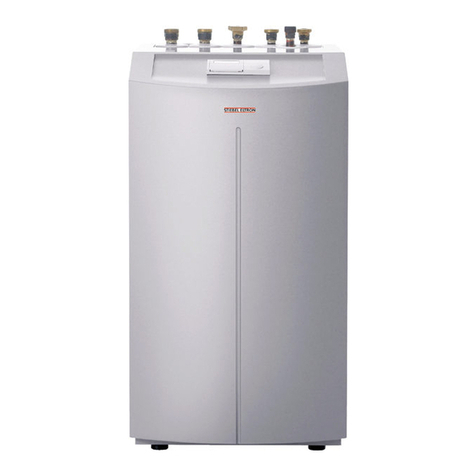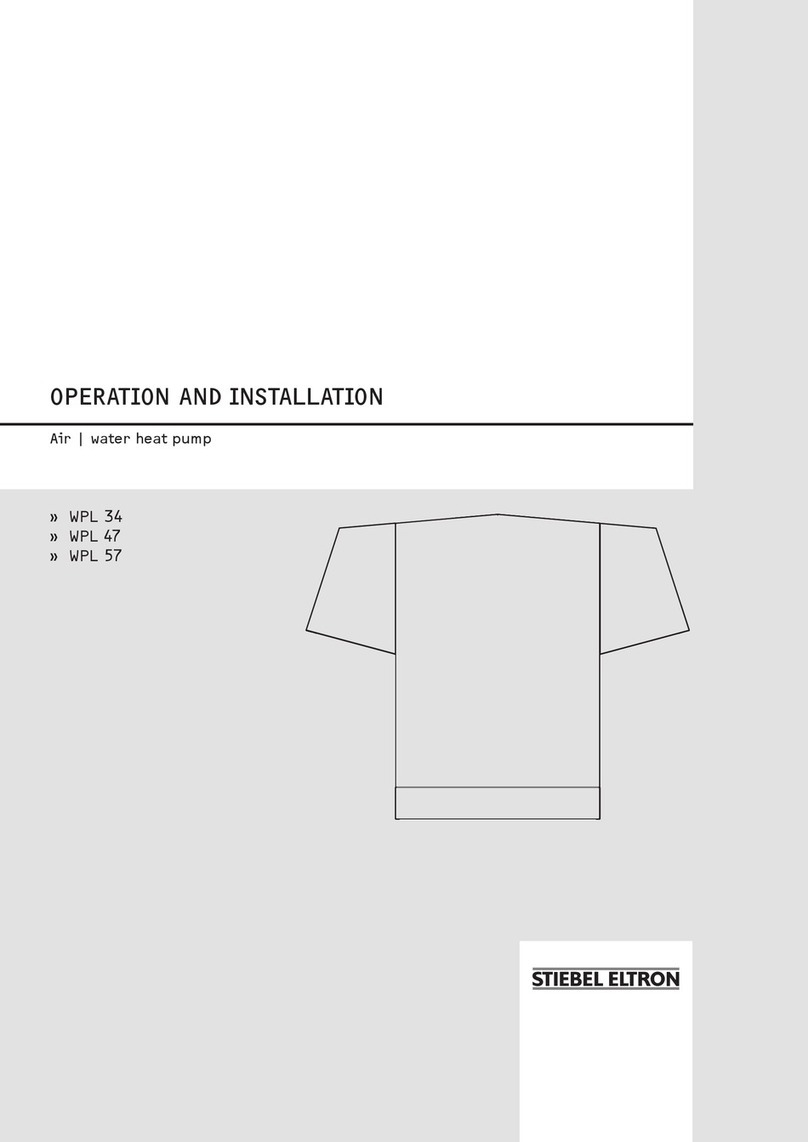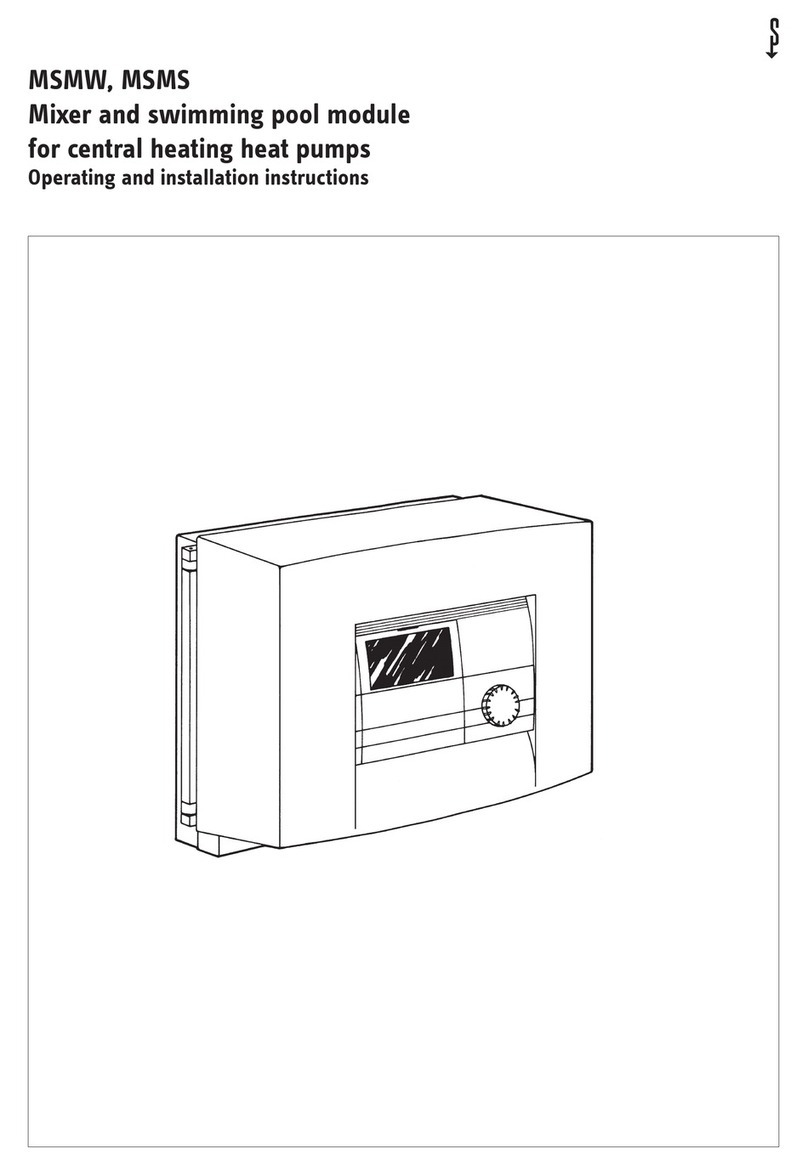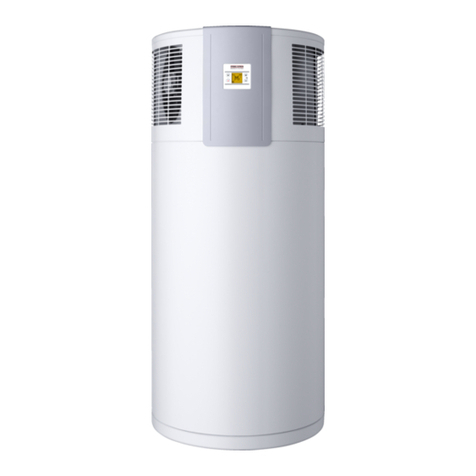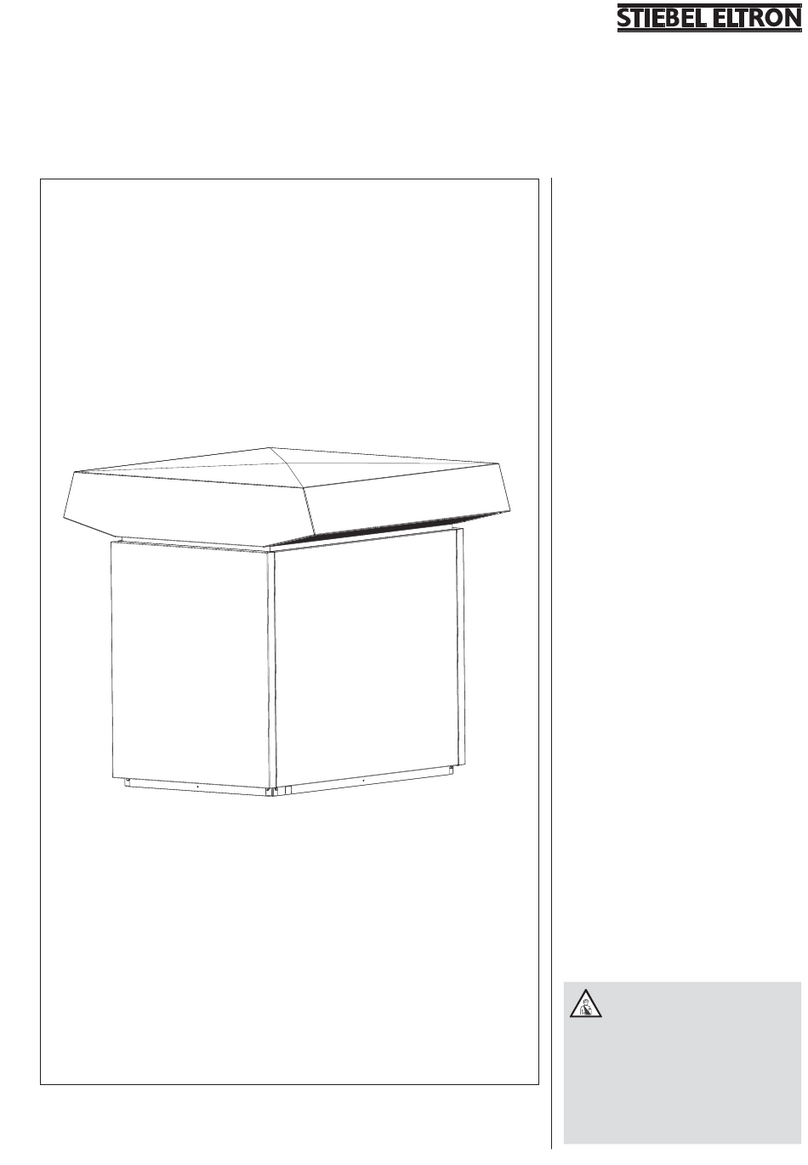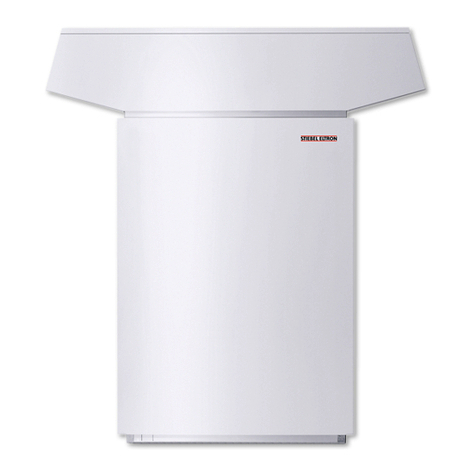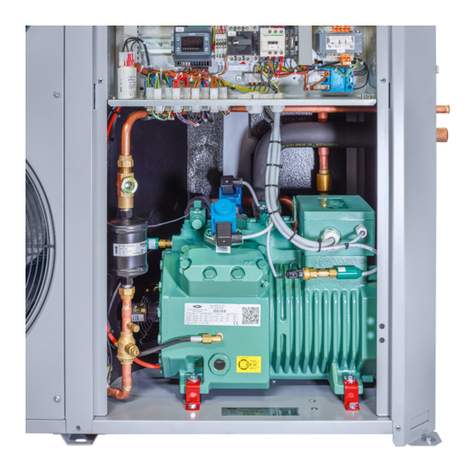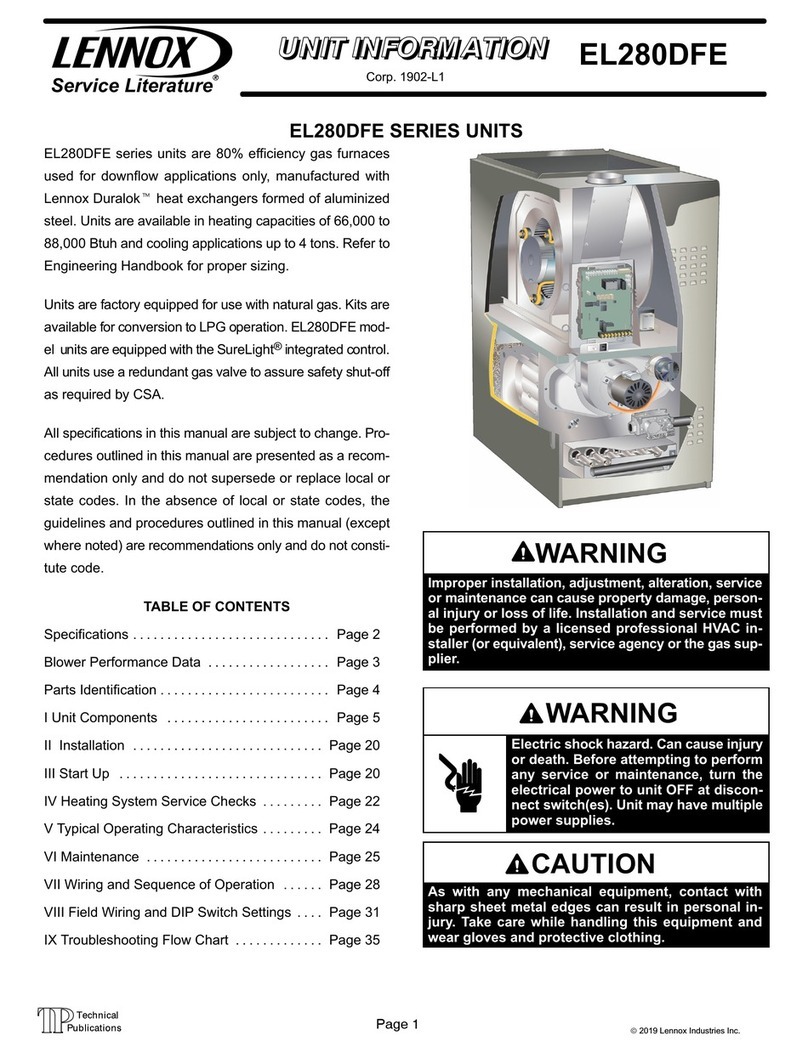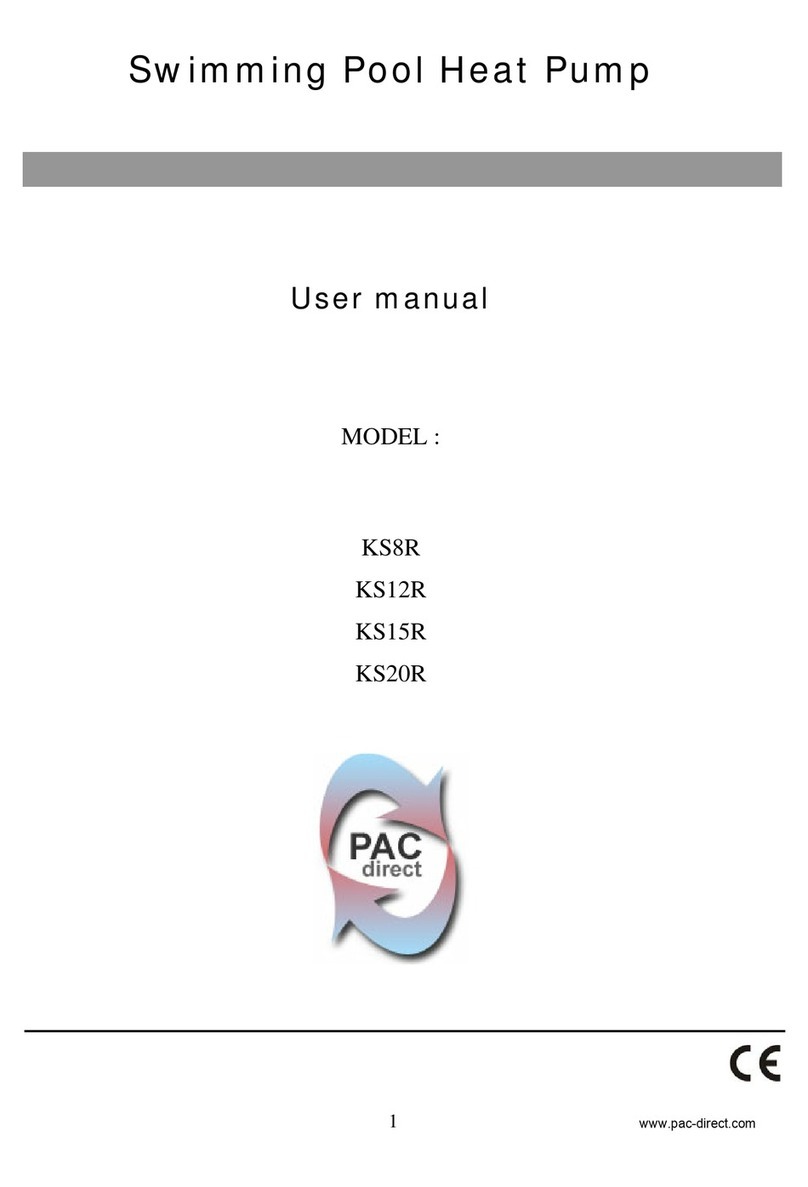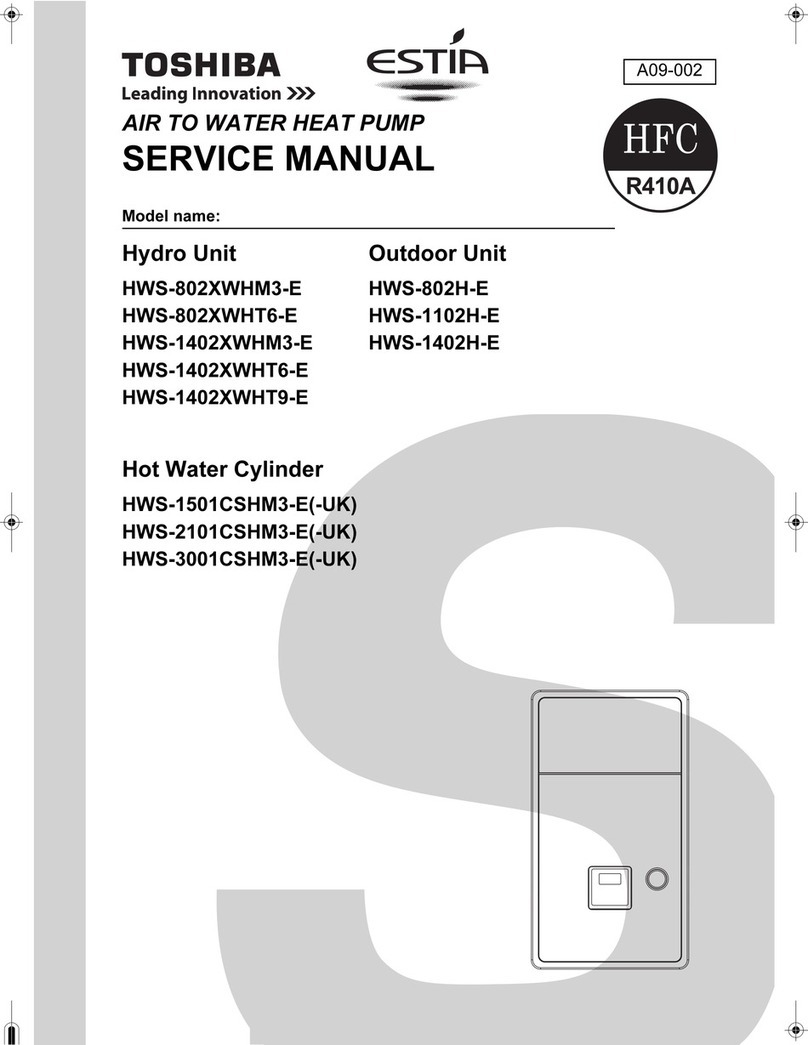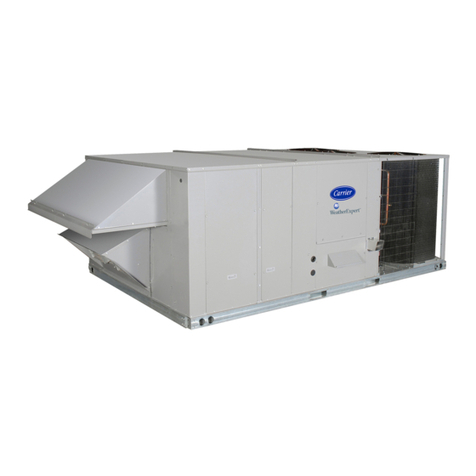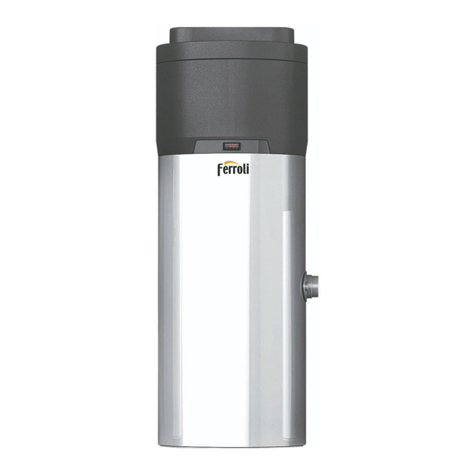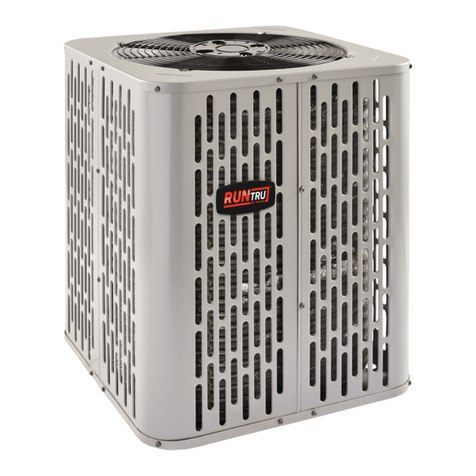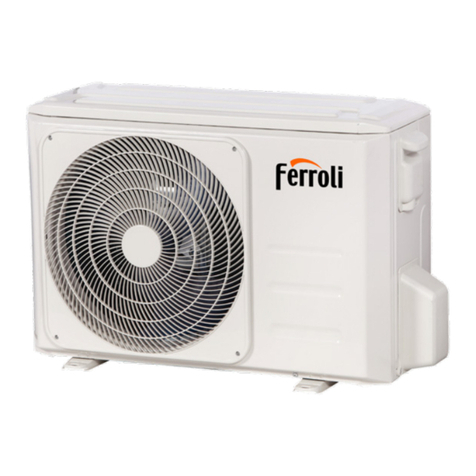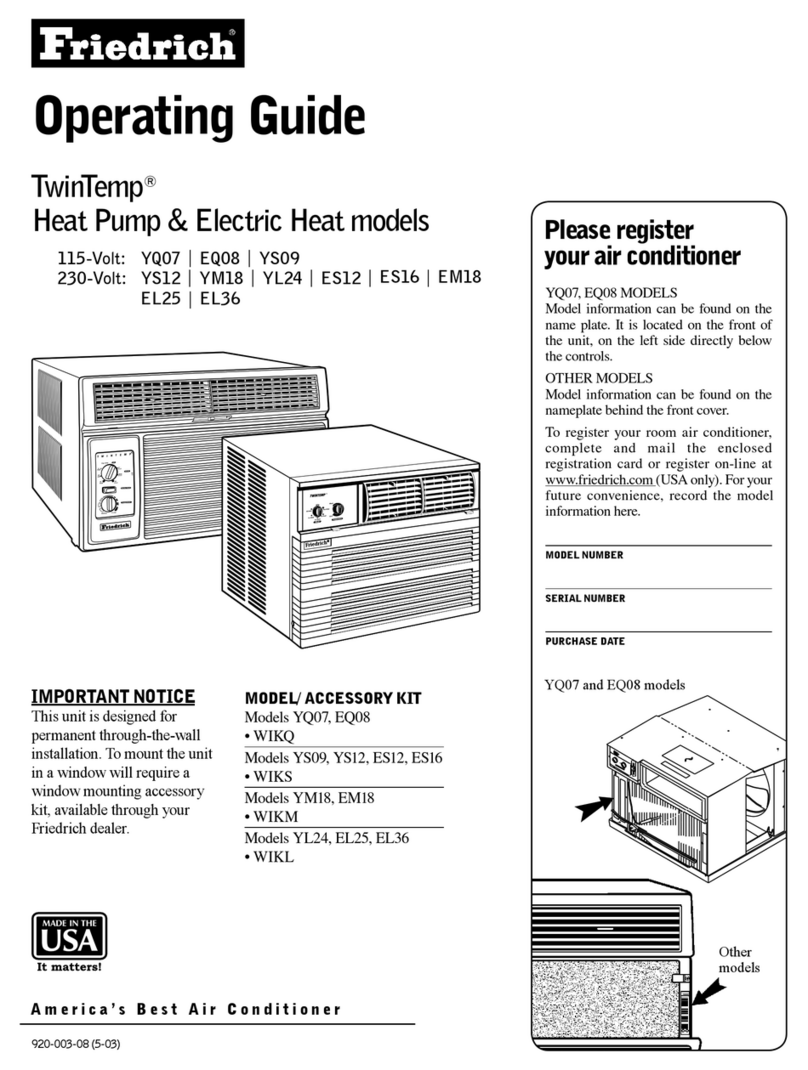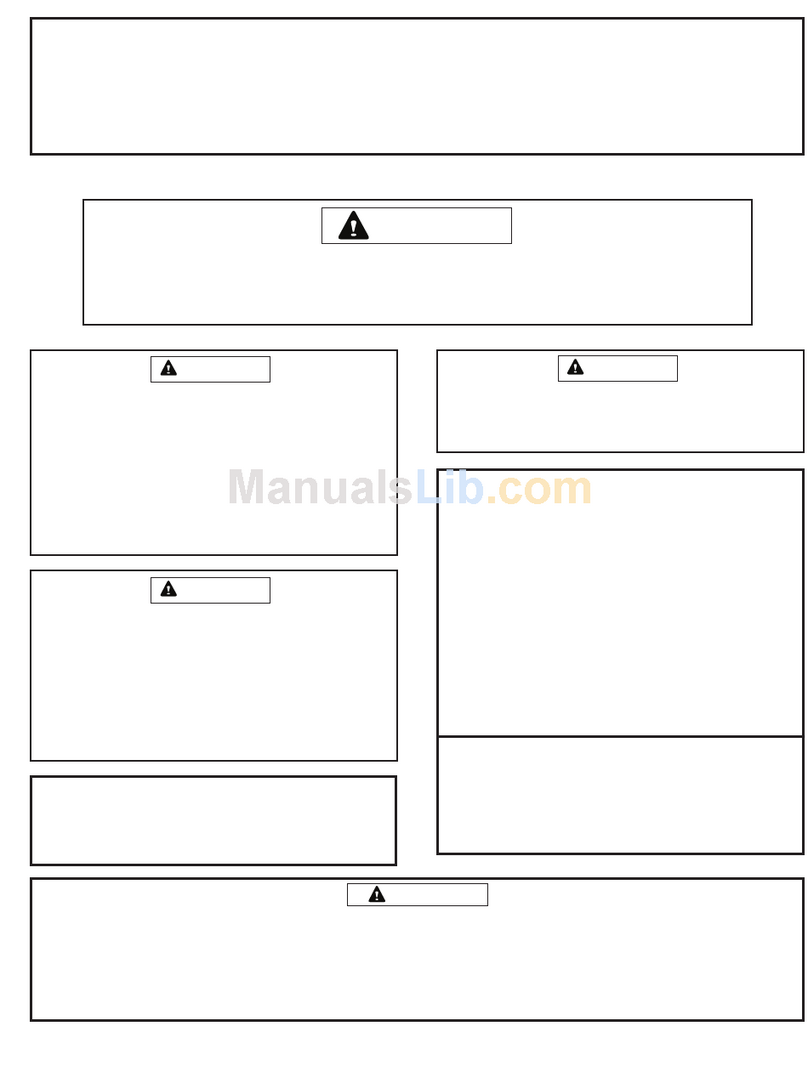
Dauer-Maximaltemp. Ende Zeit
Dauer-Sockeltemp.
Sockeltemp.
Steigung K/Tag
Temperatur
Maximaltemp.
Aufheizprogramm für Fußbodenheizung
26_03_01_0144
5.6 Commissioning details
Not only the adjustments at control level 2
but also the system-specific parameters must
be determined as part of commissioning the
heat pump system.These parameters are ad-
justed at control level 3, the access to which is
protected by code.
Check all parameters in sequence. Enter all
set values into the column (system value)
provided on the commissioning report under
section 5.8 on page 31.
Note: Not all adjustments take immediate
effect. Some adjustments only become effecti-
ve in certain situations or after a dealy.
1Code no. 1 0 0 0
Enter the correct four-digit code to change
parameters on control level 3.The factory-
set code is 1000. After pressing the PRG key
(indicator illuminates), the first digit can be se-
lected by turning the rotary selector. Pressing
the PRG key again confirms the figure, then
the second digit of the code begins to flash.
Turning the rotary selector enables the se-
cond digit to be entered.When all four digits
have been entered correctly, four lines appear
in the display.This enables access to control
level 3, and the display shows CODE OK.
Closing and re-opening the flap requires that
the code is entered again. However, the code
does not need to be re-entered when merely
checking settingsChecking settings does not
require the code to be entered.
2Language
Press the PRG key and select the language
with the rotary selector.Then confirm your
selection by pressing PRG again.
3Contrast
4Display
At this point select, what you want the display
to show when the control flap is closed. You
can select between outside temperature,
return temperature, day and time, DHW tem-
perature or mixer temperature.
5Emergency oper:
Characteristics in case of „Fatal Error“ con-
ditions in conjunction with the emergency
operation:
The „Emergency operation“ parameter can
be set to ON or OFF.
Emergency operation set to ON:
As soon as faults occur for HP type 2 and
the heat pump fails, the program selector
automatically changes over to emergency
operation.
Emergency mode:
Within a heat pump cascade, all heat pumps
must be in a fault state (fatal error), before the
programming switch automatically changes to
„Emergency mode“. Exception: „Emergency
mode“ starts automatically, as soon as the sole
heat pump drops out, which was selected for
DHW heating.
For HP types 1 and 3, the HS 2for heating
or DHW must be set to ON; only then can it
automatically change over to emergency ope-
ration in case of fatal errors. However, as soon
as several heat pumps have been connected,
all of these must be in fatal error mode, be-
fore the program selector automatically chan-
ges to emergency operation.
Emergency operation set to OFF:
As soon as faults occur for HP type 2 and the
heat pump fails, the second heat source takes
over the frost protection of central heating.
Users can then themselves select emergency
operation.
6System type
Heat meter or solar differential controller
This parameter can only be selected if both
sensors listed in this field are connected.
In addition a heat meter with reed contacts
must be connected in case of system type
„Heat meter“; alternatively a solar pump must
be connected in case of system type „Solar
heating operation“.
You can set the „Impulse rate“ parameter as
soon as the system type „Heat quantity“ has
been set to ON.The standard setting for im-
pulse rate is 10, and the unit litre s/impulse.
The heat quantity results from determining
the volume flow and the temperature diffe-
rential (sensor 1 on the return and sensor 2
on the flow).
The various heat quantities, for example total
heat quantity in kWh, heat quantity in kWh
that day, current heat quantity in W or the vo-
lume flow in m³/h can be scanned under “Info
temperatures”.
You can set two parameters, such as „Max.
cylinder temperature“ and „Solar differential
temperature“ as soon as the system type
„Solar operation“ has been set to ON.With
this constellation, sensor 1 is the DHW sensor
bottom and sensor 2 the collector sensor (PT
1000).
The temperature differential established by
these two sensors is recorded and compared
with the set temperature differential (solar
difference parameter).The solar heating pump
is started if the recorded differential exceeds
the set differential.The solar hearing pump
is stopped again, when the actual value falls
below the set value minus a hysteresis of
1.5 K.
In addition, the controller provides an adju-
stable maximum cylinder limit (max. solar
temp. parameter).The solar heating pump will
also be stopped if this temperature is reached
at the bottom cylinder sensor.
7Heat up prog
Heat-up program for underoor heating
systems
This heat-up program comprises a total of
six parameters.These six parameters can be
adjusted in sequence as soon as the heat-up
program is activated.This program is started
with the „Heat-up prog“ parameter set to
Heating-up program
Temperature
Max. temperature
Socket temperature
Increase/day
Duration Socket temp. Duration max. temp. Time
End




















